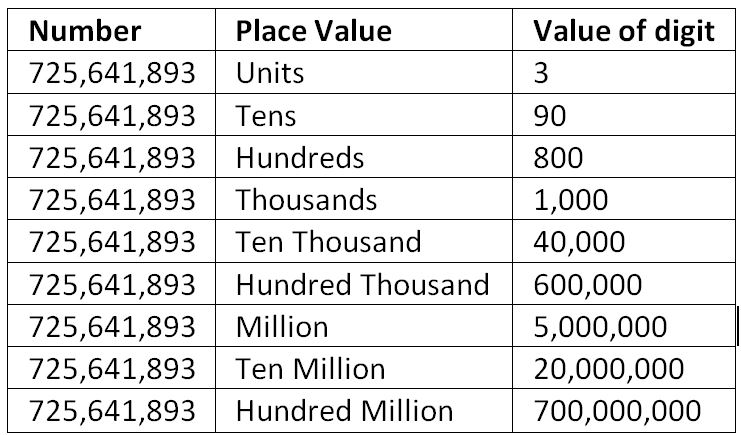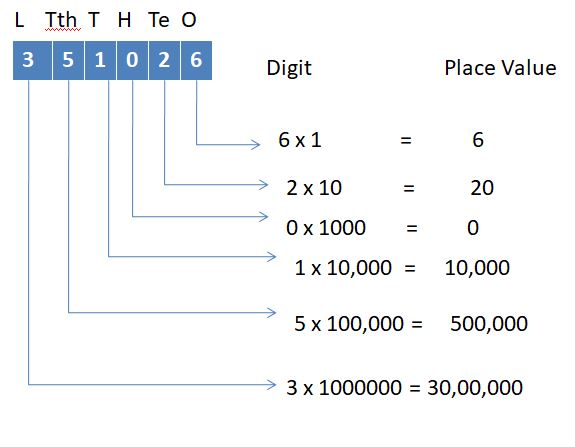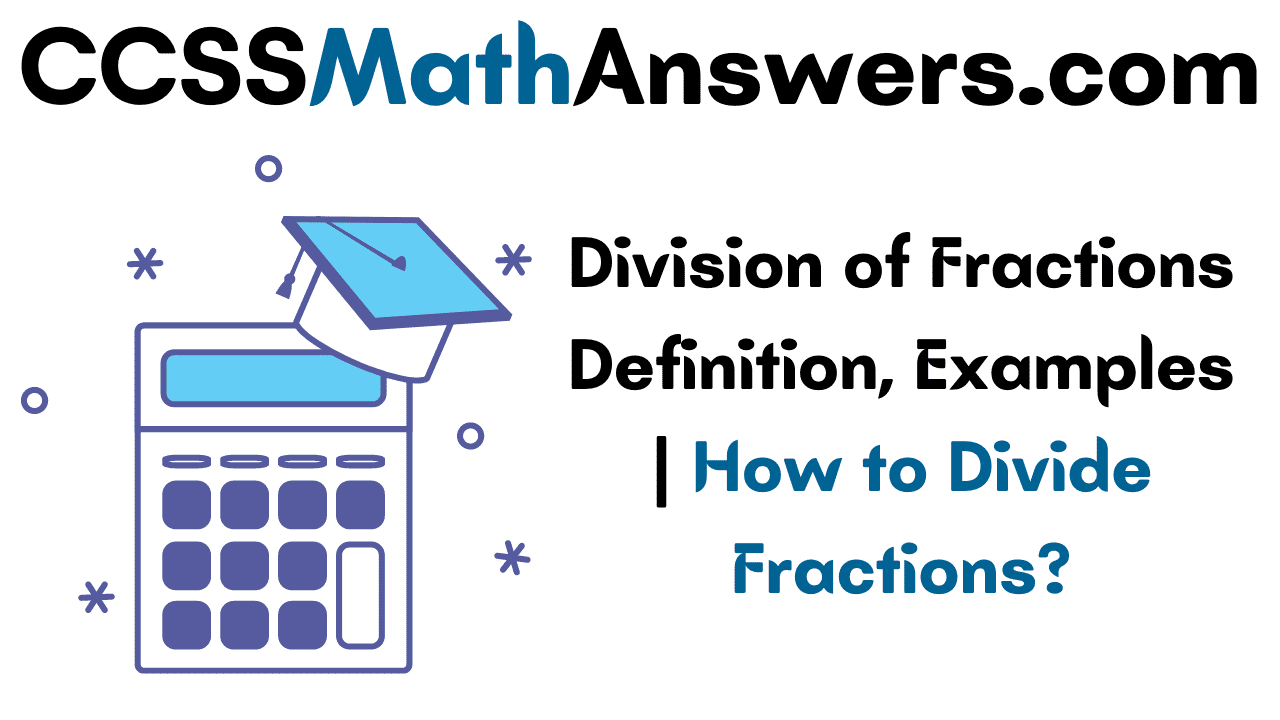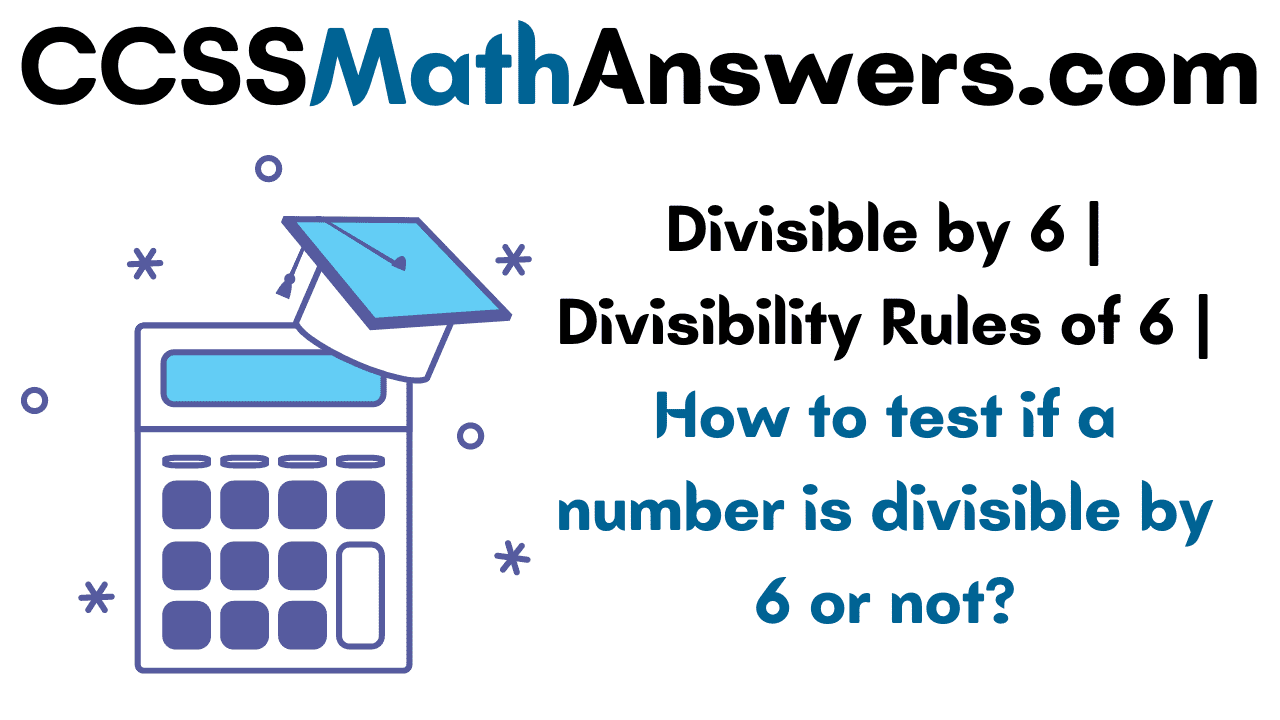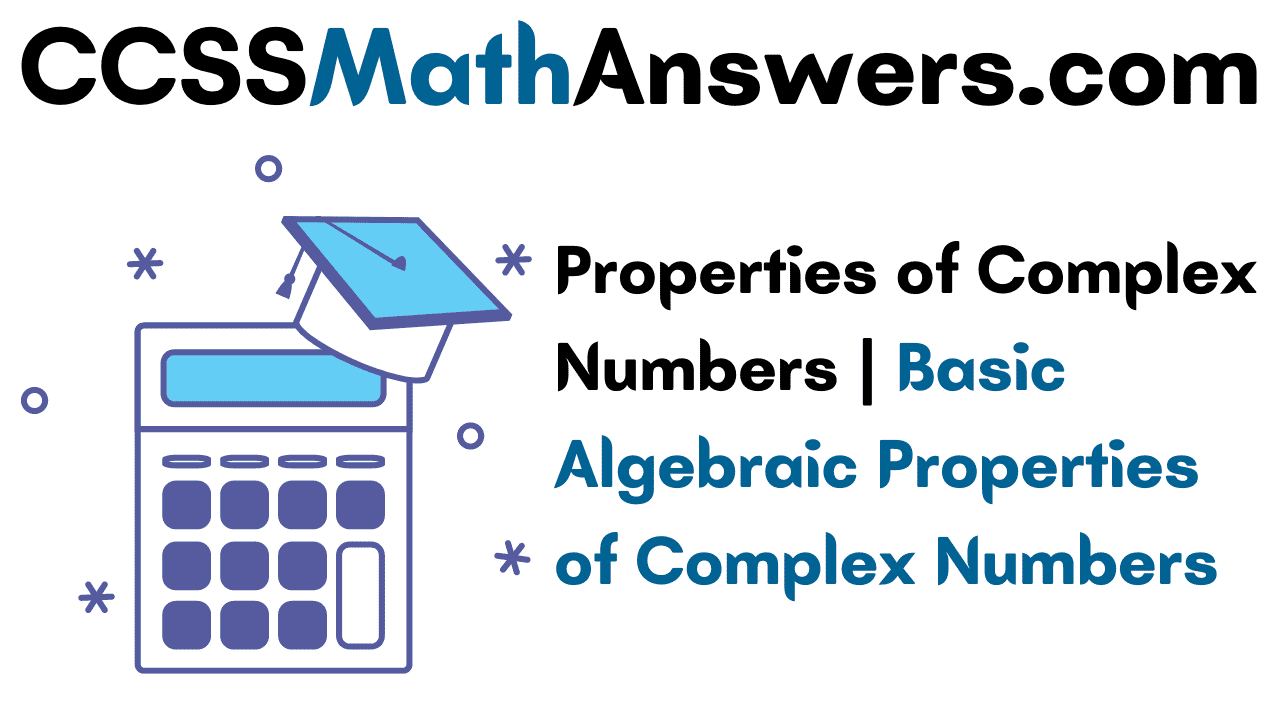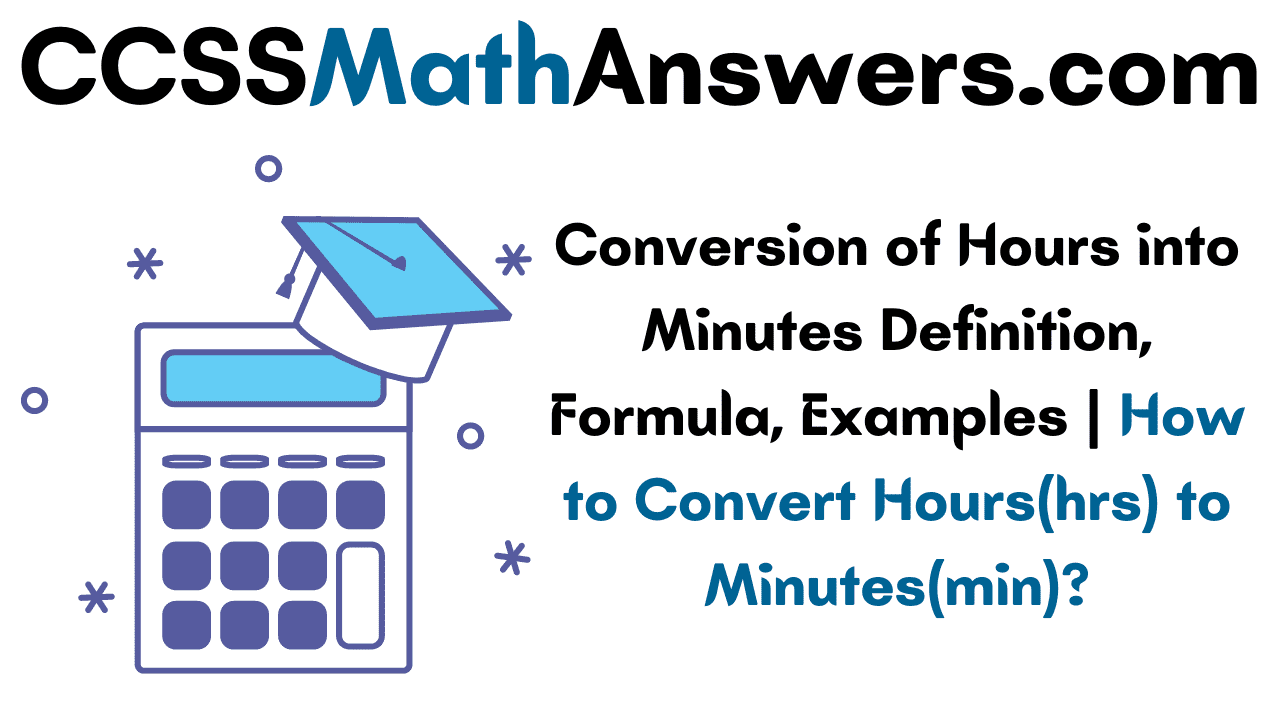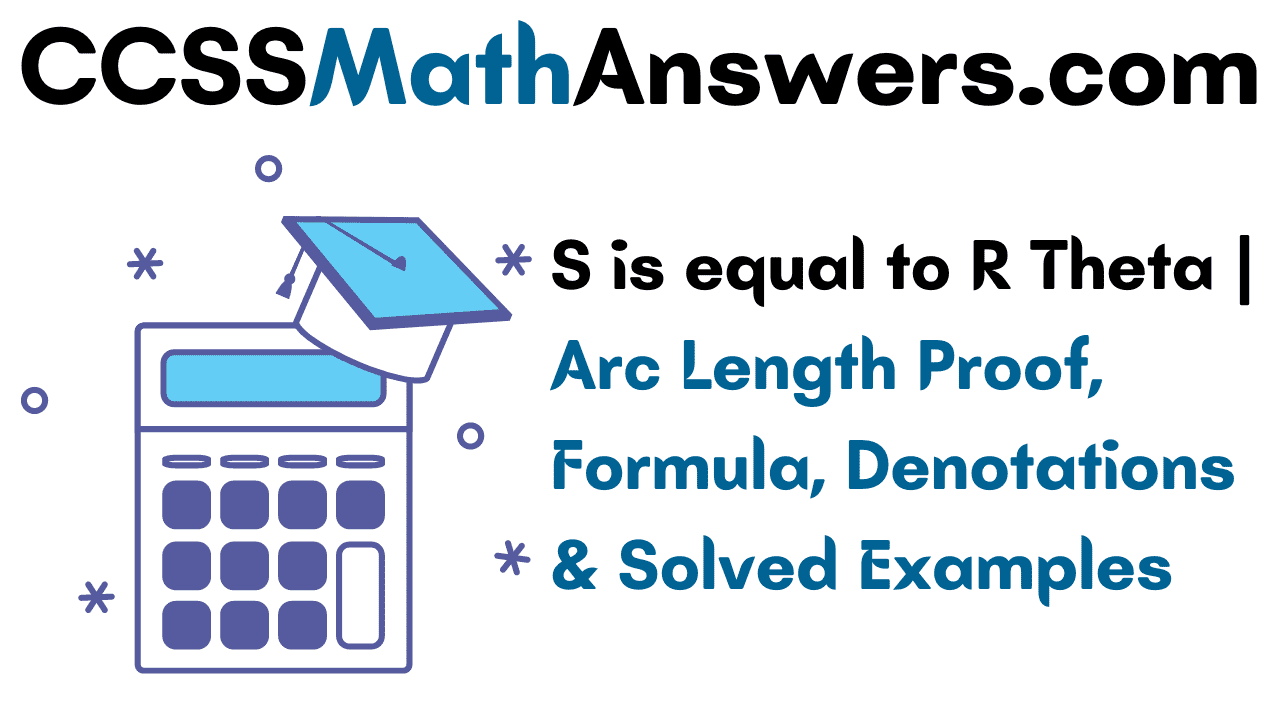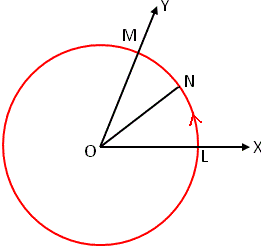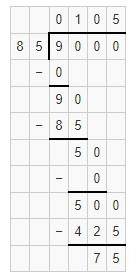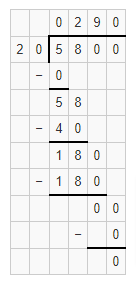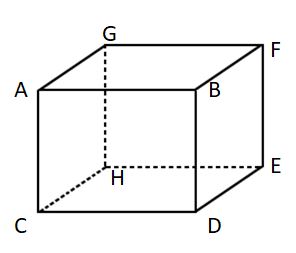Worksheet on Multiplication of Fractions is here. Get important questions involved in Fractions Multiplication. Refer to the various rules, methods, formulae of Fractions Multiplication. Follow questions regarding proper, improper, mixed fractions and how they work when multiplying them. Solved examples in Multiplying Fractions Worksheet will help you to get a piece of detailed information and also helps you to score better marks in the exam.
Problem 1:
Gita has eight marbles. She gave \(\frac { 1 }{ 4 } \) of them to her younger brother. How many marbles did her brother get?
Solution:
As given in the question,
Gita has marbles = 8
She gave to younger brother = \(\frac { 1 }{ 4 } \) of 8
No of marbles her brother got = \(\frac { 1*8 }{ 4 } \)
= \(\frac { 2 }{ 1 } \)
= 2
Therefore, her brother got 2 marbles
Thus, the final solution is 2 marbles
Problem 2:
Mr. Gupta puts 3\(\frac { 1 }{ 4 } \) litres of petrol in his car. If he uses \(\frac { 1 }{ 3 } \) of it. How many litres of petrol did he use?
Solution:
As given in the question,
Mr. Gupta puts = 3\(\frac { 1 }{ 4 } \) litres of petrol
He used = \(\frac { 1 }{ 3 } \) of 3\(\frac { 1 }{ 4 } \)
\(\frac { 1 }{ 3 } \) * \(\frac { 13 }{ 4 } \)
\(\frac { 1*13 }{ 3*4 } \)3\(\frac { 13 }{ 12 } \)
1\(\frac { 1 }{ 12 } \)
Therefore, Mr. Gupta used 1\(\frac { 1 }{ 12 } \) litres of petrol.
Thus, the final solution is 1\(\frac { 1 }{ 12 } \) litres
Problem 3:
Neha spends 3\(\frac { 3 }{ 5 } \) hours a day in morning exercises. How many hours does she spend in morning exercises in one week?
Solution:
As given in the question,
Neha spends = \(\frac { 3 }{ 5 } \) hours/day
Hours she spends in a week = \(\frac { 3 }{ 5 } \) * 7
\(\frac { 3*7 }{ 5 } \) \(\frac { 21 }{ 5 } \)4\(\frac { 1 }{ 5 } \) hours
Therefore, Neha spends 4\(\frac { 1 }{ 5 } \) hours in morning exercises.
Thus, the solution is 4\(\frac { 1 }{ 5 } \) hours
Problem 4:
One plum cake weighs \(\frac { 3 }{ 4 } \) kg. If Mr. Ramesh buys five such cakes, how many kilograms of cakes did he buy?
Solution:
As given in the question,
Weight of one plum cake = \(\frac { 3 }{ 4 } \) kg
No of cakes = 5
Amount of cake he bought = \(\frac { 3 }{ 4 } \) * 5
\(\frac { 3*5 }{ 4 } \) \(\frac { 15 }{ 4 } \)Therefore, \(\frac { 15 }{ 4 } \) kilograms of cake, Mr. Ramesh buy
Thus, the final solution is \(\frac { 15 }{ 4 } \)
Problem 5:
The cost of one kilogram apples is Rupees 25\(\frac { 1 }{ 2 } \). What is the cost of 1\(\frac { 1 }{ 2 } \) kilogram apples?
Solution:
As given in the question,
The cost of one kilogram apple = 25\(\frac { 1 }{ 2 } \)
The cost of 1\(\frac { 1 }{ 2 } \) kilogram apples = 25\(\frac { 1 }{ 2 } \) * 1\(\frac { 1 }{ 2 } \)
\(\frac { 51 }{ 2 } \) * \(\frac { 3 }{ 2 } \)
\(\frac { 153 }{ 4 } \)Therefore, \(\frac { 153 }{ 4 } \) is the price for 1\(\frac { 1 }{ 2 } \) kilogram apples.
Thus, the final solution is \(\frac { 153 }{ 4 } \)
Problem 6:
The thickness of the Mathematics book of Class – IV is 1\(\frac { 1 }{ 4 } \) cm. What will be the thickness of a pile of 16 such books?
Solution:
As given in the question,
Thickness of book = 1\(\frac { 1 }{ 4 } \)
No of books = 16
The thickness of a pile of 16 books = 1\(\frac { 1 }{ 4 } \) * 16
\(\frac { 5 }{ 4 } \) * 16
\(\frac { 80 }{ 4 } \)= 20
Therefore, the thickness of a pile of 16 books is 20cm.
Thus, the final solution is 20cm.
Problem 7:
Milk is sold at Rs 16\(\frac { 3 }{ 4 } \) per litre, find the cost of 6\(\frac { 2 }{ 5 } \) litre of milk?
Solution:
As given in the question,
Cost of 1 litre milk = 16\(\frac { 3 }{ 4 } \)
Cost of \(\frac { 32 }{ 5 } \) litre milk = 16\(\frac { 3 }{ 4 } \)
= \(\frac { 67 }{ 4 } \)
The cost of 6\(\frac { 2 }{ 5 } \) is \(\frac { 67 }{ 4 } \) * \(\frac { 32 }{ 5 } \)
= \(\frac { 67*8 }{ 5 } \)
= \(\frac { 536 }{ 5 } \)
= 107\(\frac { 1 }{ 5 } \)
Therefore, the cost of 6\(\frac { 2 }{ 5 } \) litre of milk is 107\(\frac { 1 }{ 5 } \)
Thus, the final solution is 107\(\frac { 1 }{ 5 } \)
Problem 8:
Find the area of the rectangular park which is 41\(\frac { 2 }{ 3 } \) long and 18\(\frac { 3 }{ 5 } \) m board?
Solution:
As given in the question,
Length of the rectangular park = 41\(\frac { 2 }{ 3 } \)
Breadth of the rectangular park = 18\(\frac { 3 }{ 5 } \)
Area of rectangle = length * breadth
= \(\frac { 125 }{ 3 } \) * \(\frac { 93 }{ 5 } \)
= 775 meters
Therefore, the area of the rectangular park is 775 meters
Thus, the final solution is 775 meters.
Problem 9.
If the cost of 5\(\frac { 2 }{ 5 } \) litres of milk is 236\(\frac { 1 }{ 4 } \), find the cost per litre?
Solution:
As given in the question,
The cost of milk = 236\(\frac { 1 }{ 4 } \)
No of litres = 5\(\frac { 2 }{ 5 } \)
Cost of \(\frac { 27 }{ 5 } \) litres of milk = \(\frac { 945 }{ 4 } \)
Cost of 1 litre of milk = \(\frac { 945%4 }{ 27%5 } \)
= \(\frac { 945 }{ 4 } \) * \(\frac { 5 }{ 27 } \)
= \(\frac { 35*5 }{ 4 } \)
= \(\frac { 175 }{ 4 } \)
= 43\(\frac { 3 }{ 4 } \)
Therefore, the cost per litre = 43\(\frac { 3 }{ 4 } \)
Thus, the final solution is 43\(\frac { 3 }{ 4 } \)
Problem 10:
Margaret has 2\(\frac { 1 }{ 3 } \) cups of sugar. She is using 1\(\frac { 1 }{ 4 } \) cups to make cookies. How much sugar will she have left?
Solution:
As given in the question,
Amount of sugar Margaret has = 2\(\frac { 1 }{ 3 } \)
No of cups she is using to make cookies = 1\(\frac { 1 }{ 4 } \)
Amount of sugar will she have left = 2\(\frac { 1 }{ 3 } \) – 1\(\frac { 1 }{ 4 } \)
= \(\frac { 7 }{ 3 } \) – \(\frac { 5 }{ 4 } \)
= \(\frac { 7 }{ 3 } \) * \(\frac { 4 }{ 4 } \) – \(\frac { 5 }{ 4 } \) * \(\frac { 3 }{ 3 } \)
= \(\frac { 28 }{ 12 } \) – \(\frac { 15 }{ 12 } \)
= \(\frac { 28-15 }{ 12 } \)
= \(\frac { 13 }{ 12 } \)
Therefore, \(\frac { 13 }{ 12 } \) cups of sugar will she have left.
Thus, the final solution is \(\frac { 13 }{ 12 } \)
Problem 11:
Russell spent \(\frac { 1 }{ 3 } \) of his allowance to go to movies. He wants to buy a new video game that will cost him another \(\frac { 1 }{ 2 } \) of his allowance. If he buys the game. How much of his allowance will he have spent?
Solution:
As given in the question,
Amount of money Russell spent on movies = \(\frac { 1 }{ 3 } \)
Amount of money Russell spent on new video game = \(\frac { 1 }{ 2 } \)
Total amount of money he spent of his allowance = \(\frac { 1 }{ 3 } \) + \(\frac { 1 }{ 2 } \)
= \(\frac { 1 }{ 3 } \) * \(\frac { 2 }{ 2 } \) + \(\frac { 1 }{ 2 } \) * \(\frac { 3 }{ 3 } \)
= \(\frac { 2 }{ 6 } \) + \(\frac { 3 }{ 6 } \)
= \(\frac { 2+3 }{ 6 } \)
= \(\frac { 5 }{ 6 } \)
Therefore, the total amount of money spent = \(\frac { 5 }{ 6 } \)
Thus, the final solution is \(\frac { 5 }{ 6 } \)
Problem 12:
Sam has 3\(\frac { 1 }{ 8 } \) acres of land. He planted potatoes on 2\(\frac { 2 }{ 3 } \) of the land. He wants to plant corn. How much land does he have left to plant the corn?
Solution:
As given in the question,
Acres of land Sam has = 3\(\frac { 1 }{ 8 } \)
Acres of land he planted potatoes = 2\(\frac { 2 }{ 3 } \)
Amount of land left to plant the corn = 3\(\frac { 1 }{ 8 } \) – 2\(\frac { 2 }{ 3 } \)
= \(\frac { 25 }{ 8 } \) – \(\frac { 8 }{ 3 } \)
= \(\frac { 25 }{ 8 } \) * \(\frac { 3 }{ 3 } \) – \(\frac { 8 }{ 3 } \) * \(\frac { 8 }{ 8 } \)
= \(\frac { 75 }{ 24 } \) – \(\frac { 64 }{ 24 } \)
= \(\frac { 75-64 }{ 24 } \)
= \(\frac { 11 }{ 24 } \)
Therefore, \(\frac { 11 }{ 24 } \) acres of land left to plant the corn.
Thus, the final solution is \(\frac { 11 }{ 24 } \)
Problem 13:
I bought 80 pounds of spaghetti to share equally between 7 families. About how many pounds of spaghetti will each family receive?
Solution:
As given in the question,
Amount of spaghetti = 80 pounds
No of families = 7
Amount of spaghetti each family receive = \(\frac { 80 }{ 7 } \)
Therefore, \(\frac { 80 }{ 7 } \) pounds of spaghetti each family will receive.
Problem 14:
I have 70 feet of rope that I need to share equally between 11 people. About how many feet of rope will each person receive?
Solution:
As given in the question,
No of people = 11
Length of the rope = 70 feet
Length of rope each person will receive = \(\frac { 70 }{ 11 } \)
Therefore, each person will receive \(\frac { 70 }{ 11 } \) feet of rope.
Thus, the final solution is \(\frac { 70 }{ 11 } \).
Problem 15:
Mom made pizza. There is only \(\frac { 1 }{ 4 } \) of the pizza left. Mom and her friend Sally are going to share the remaining pizza evenly. How much of pizza will they each get?
Solution:
As given in the question,
Fraction of pizza left = \(\frac { 1 }{ 4 } \)
No of people who share the pizza = 2
Amount of pizza each will get = \(\frac { 1%4 }{ 2 } \)
= \(\frac { 1 }{ 4 } \) * \(\frac { 2 }{ 1 } \)
= \(\frac { 2 }{ 4 } \)
= \(\frac { 1 }{ 2 } \)
Therefore, each gets \(\frac { 1 }{ 2 } \) of pizza.
Thus, the final solution is \(\frac { 1 }{ 2 } \)


